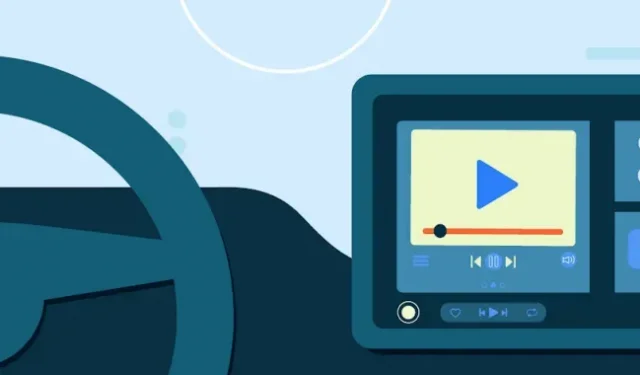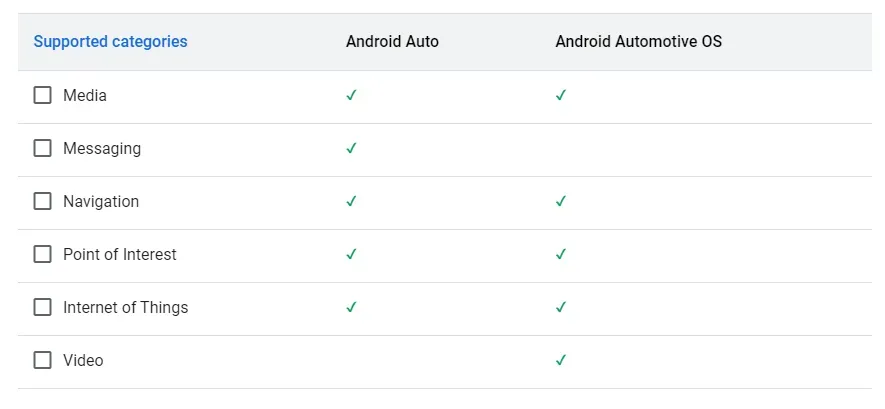Google opens the door to Android Auto smart home apps

Android Auto is getting a new app category. Google has announced that IoT (or smart home apps) for cars are now supported by the Play Store. Developers can now create smart home apps, and after Google’s extended car safety review, they will be available for car screens. It was in early access for a while, but the feature is now going public.
As usual, the Android for Cars app program covers two very different platforms: Android Auto and Android Automotive OS. Terrible branding means people are always confused, but Android Auto is the app that runs on your phone. Like Apple CarPlay, you connect your phone to the car’s dashboard (or it connects wirelessly) and the phone’s software takes control of the car’s dashboard display, using it as an external monitor. Instead of the car’s built-in infotainment system, you see a user interface created by Google, as well as any compatible Android Auto apps installed on your phone.
Android Automotive OS (AAOS), on the other hand, is the vehicle’s infotainment system. Google is signing deals with car manufacturers to make the car run Android instead of the underlying Linux, QNX or other car system, including killer apps like Google Maps and Google Assistant. The car becomes an Android computer and you can never delete it. Today, you’ll find Android Automotive OS on new Polestar/Volvo, GM, and soon Honda and Ford vehicles. While AAOS and Android Auto are completely different platforms, they basically support the same third-party apps. For Android Auto, you install the app from your phone’s Play Store, and for AAOS, you use your car’s built-in Play Store,
Developing apps for cars is complex and expensive because everything is subject to safety regulations from the US National Highway Traffic Safety Administration (NHTSA) and similar regulators around the world. The regulations for automotive applications are extremely detailed: NHTSA’s Human Factors Driver-Vehicle Interface Design Guide is a 260-page documentregulating everything from the size of text and icons to how long it takes to complete a particular task.” Automotive app developers not only need to contend with NHTSA guidelines, but also guidelines from the 45 other countries where their Android Auto apps will be available. Abiding by all these rules is a nearly impossible task for a small developer and a huge barrier to entry.

Google’s solution to global safety compliance is to not allow developers to do much in terms of “design”and limit automotive app development to more limited “app templates”. These are hardwired designs that Google prepares and reviews by global regulators, and then app developers can add colors, icons, and data to their pre-made designs. So in Android Auto and Android Automotive, all media apps use the same basic media player design, and a company like Spotify can colorize that design green and black, stream their auto streams and album art, and choose what to do with one. or two additional buttons.. That’s it. The Pandora media app is blue and plays other music
The strict design of app templates means that car apps are limited to only certain types of apps, and there are as many as six kinds: Multimedia, Messaging, Navigation, Attractions, Video, and now, Internet of Things. A new Google spreadsheet confirms that messaging apps are inexplicably still not available on Android Automotive, and the new Videos app (there’s now a YouTube in-car app) doesn’t work on Android Auto. For Play Store app developers, you are not allowed to create a car app if it doesn’t fit one of these categories. However, this does not stop alternative methods of application distribution – browser company Vivaldihas an agreement to distribute its browser on Polestar cars AAOS – car manufacturers can supply whatever software they want, and they will have to check the application with safety regulators. By the way, the Vivaldi apps and videos don’t work when the car is moving.
Leave a Reply